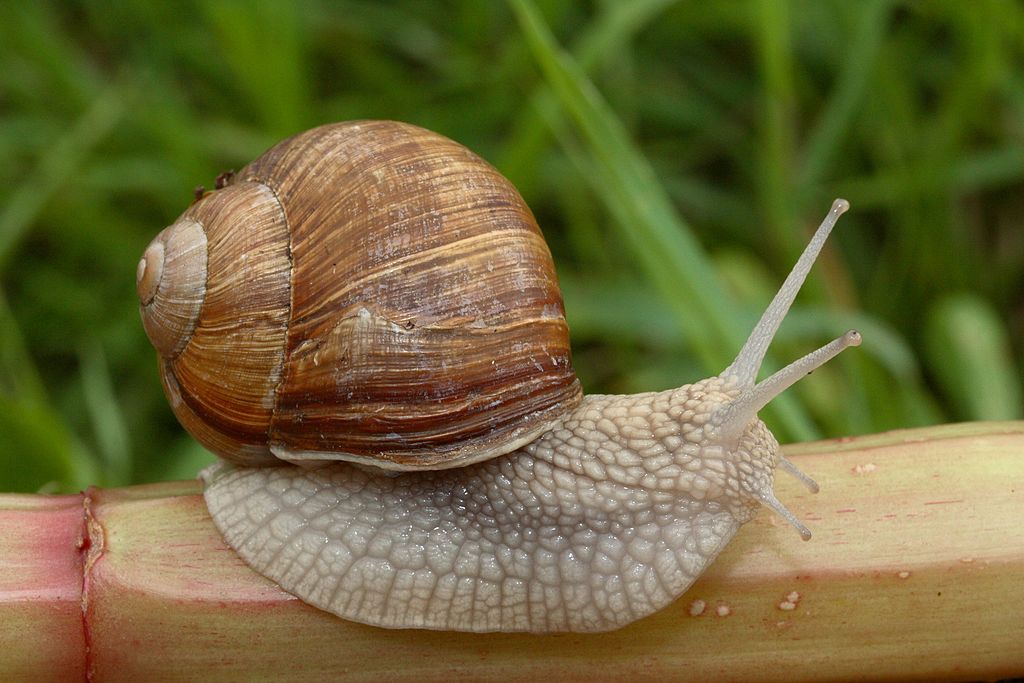 |
| Credit: Waugsberg |
“Nationalnyckeln” is a Swedish multi-volume encyclopedia
the original purpose of which was to describe all (as in every single one) species
of multi-cellular organism in Sweden. That would take at least 100 volumes, and
since the Swedish government (both governments) stopped paying, the project
will probably never be completed. But not for want of trying, since the
editorial board is still publishing new volumes at a semi-regular basis.
The latest one, hot off the printers as we speak, has
the mysterious designation DN 168-202 and the long title “Blötdjur. Snyltsnäckor
– skivsnäckor. Mollusca: Pyramidellidae – Planorbidae”. It covers 193 species
of “pulmonated” snails and slugs (you heard me). They are classified into three
superorders known respectively as Pylopulmonata, Eupulmonata and Hygrophila.
As usual when it comes to invertebrates, both the
species diversity and the yuck factor are considerable. The “pyramid shells” or
“pyrams” are impossibly small marine snails that suck body fluids out of
somewhat larger invertebrates. The book calls them “the mosquitoes of the sea”!
In sharp contrast to this, we have the escargot, introduced to Sweden already
during the Middle Ages by Catholic monks who ate them as Friday “fasting” food,
today an established “naturalized” species in the wild, although still found
around manors, palaces and old ruins to a great extent. And, of course, in
gardens. Not sure if we eat them anymore, though. Indeed, quite a few of the
species covered have been inadvertently introduced by man. Snails being slow as
a snail, they often stay around the green houses, gardens or parks to which
they were first “introduced” by the gardening trade. Some specific species even
live in the grassy sections of roundabouts!
As for the yuck factor…well, these snails and slugs
are hermaphrodites, making their mating habits kind of weird, since they “mate”
by exchanging sperm capsules with each other?! Don´t tell the local
trans-activists about this stuff, please.
The volume contains both species presentations, illustrations,
color photos, and keys to species identification. The shells are depicted from
different angles. Although the book is huge, it´s clear that the editors want
it to be used as an actual field guide – or at least identification guide,
since I assume you have to collect the specimens you want to identify. The
volume only covers Sweden, but is remarkably complete, even describing species
only found once or twice on our territory. There are also more general chapters
on the morphology and ecology of these mollusks, and how to collect them (if
that´s your thing in life). No escargot recipes, though.
All in Swedish, and probably not recommended unless
you are a pulmonated aficionado. We still don´t know what the next volume of this
never-ending encyclopedia will bring us, but knowing these guys, probably
another invertebrate extravaganza!
No comments:
Post a Comment